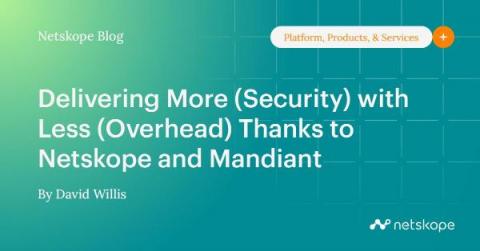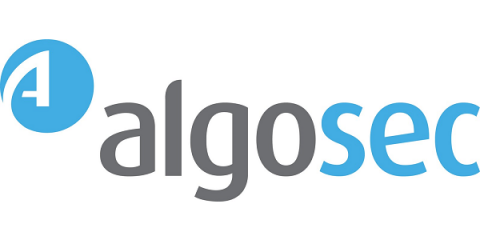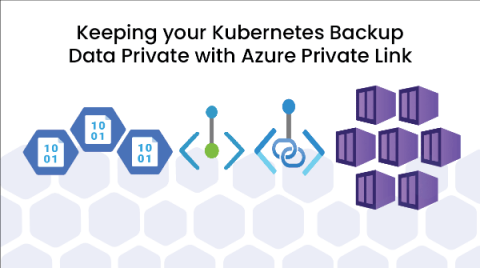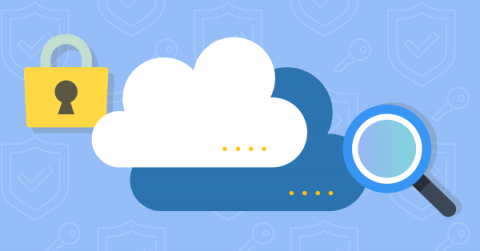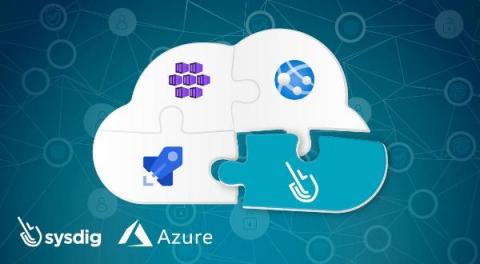The Developer's Essential Guide to Cloud Deployment Models
You’ll probably agree that there are barely any organizations left that don’t use some form of cloud computing in their daily operations. In fact, the cloud computing market is booming, with various sources expecting a worth of upwards of $600 billion within the next two years. And it makes sense: Cloud computing is the cheaper, scalable, easier-to-manage young cousin of yesteryear’s private server.




